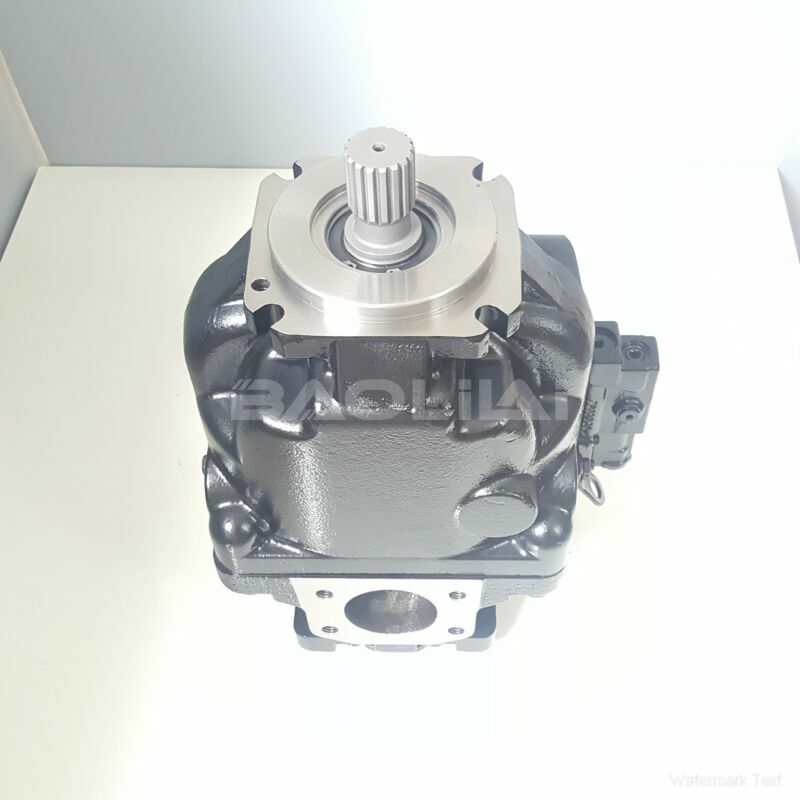ERL100BPC20NNNNN3S1RPA1NAAANNNNNN hydraulic oil pump
ERL100BPC20NNNNN3S1RPA1NAAANNNNNN hydraulic oil pump

- Product Details
- Applicable Scene
Hydraulic pumps are vital components in heavy-duty machinery, enabling various operations through fluid power. However, overloading can lead to significant inefficiencies, premature failures, and costly repairs. Preventing hydraulic pump overloading is crucial for optimizing performance and prolonging the life of your equipment. Here are some effective strategies to consider.
ER-L-100B-PC-20-NN-NN-N-3-S1RP-A1N-AAA-NNN-NNN
ERL100BPC20NNNNN3S1RPA1NAAANNNNNN
Understanding the Load Requirements

11069958
One of the primary reasons for hydraulic pump overloading is misunderstanding or miscalculating load requirements. It is essential to accurately determine the hydraulic system’s needs before operating the machinery. This includes considering the weight of the load, the type of work being performed, and the necessary pressure and flow rates. Conducting a thorough analysis of these factors will help ensure that the hydraulic system operates within safe limits.
Regular Maintenance and Inspection
Routine maintenance plays a key role in preventing overloading. Regularly inspecting hydraulic components, including pumps, hoses, and valves, can help identify issues such as leaks, blockages, or wear. By addressing these problems promptly, operators can avoid situations that may lead to pump overload. Additionally, keeping hydraulic fluid at the appropriate level and condition is essential for optimal performance. Dirty or degraded fluid can increase resistance and strain the pump, resulting in overloading.
Use of Proper Components
Using components that are appropriately sized and rated for the specific application is vital. Pumps, motors, and hoses should match the hydraulic system’s requirements to ensure efficient operation. Selecting a pump with a higher capacity than required may seem advantageous, but it can lead to inefficiencies and overworking other components. Always refer to manufacturer specifications when selecting parts to ensure compatibility.





